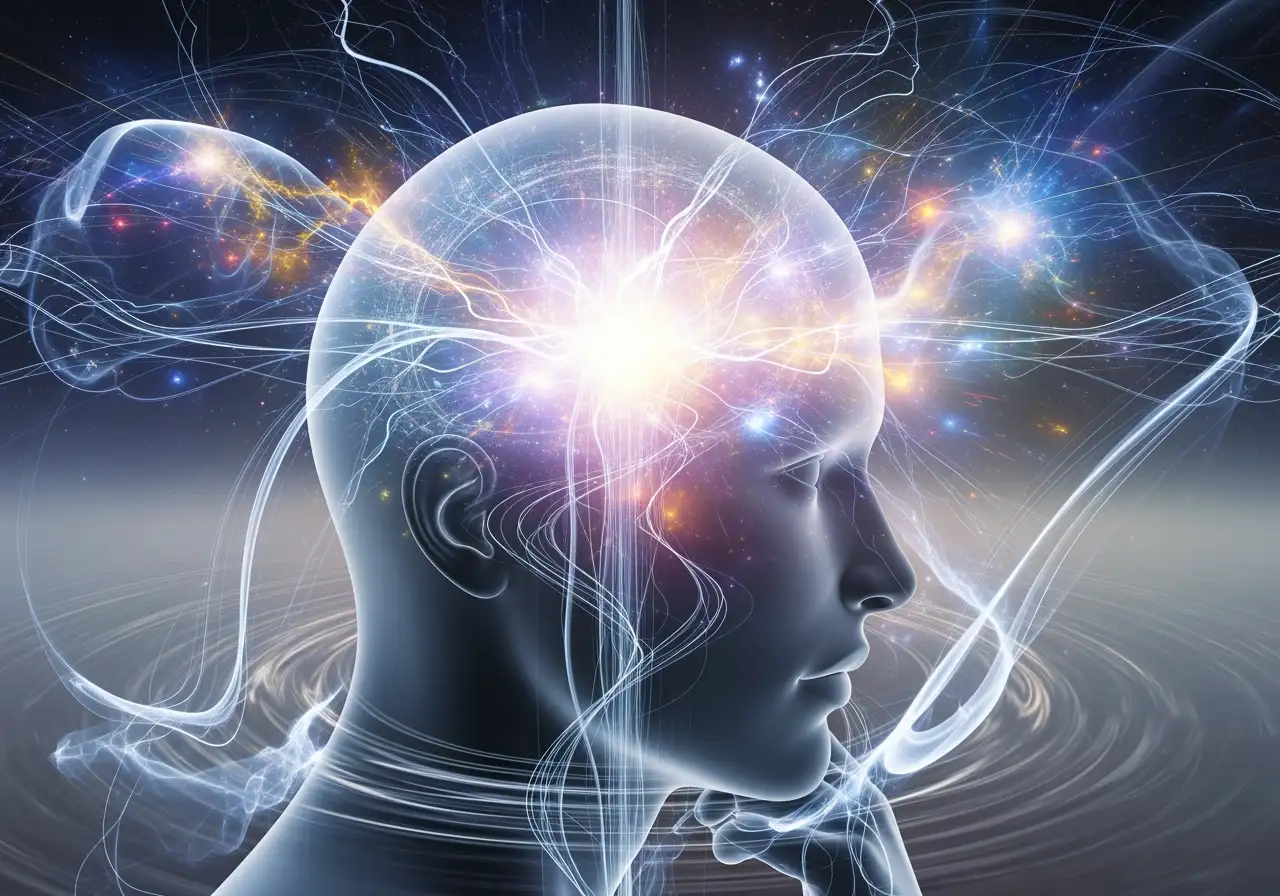Quantum Mindfulness: Bridging Ancient Wisdom and Modern Mastery
Quantum Mindfulness: Bridging Ancient Wisdom and Modern Mastery
In an age defined by hyper-connectivity and the relentless pursuit of immediate gratification, many individuals find themselves locked in a silent struggle with persistent urges. From the ubiquitous pull of social media notifications to the subtle cravings for unhealthy habits or the inertia of procrastination, these challenges feel acutely modern. Yet, the profound solutions offered by the Quantum Mindfulness framework are not new; they draw deeply from an ancient wellspring of wisdom: the practice of mindfulness, reimagined for contemporary life.
The core concept of mindfulness, at its philosophical heart, is not a recent invention. Its practical and contemplative origins stretch back thousands of years, primarily rooted in Eastern traditions, most notably early Buddhist teachings. Here, the term sati, often translated as “mindfulness” or “awareness,” was not merely a passive state but a fundamental, systematic path to understanding the true nature of reality and alleviating suffering. It was a rigorous, non-judgmental approach to observing the mind and body, recognizing that much of human distress stems not from external circumstances themselves, but from our internal reactions to them—including thoughts, emotions, and indeed, urges. This revolutionary insight posited that by simply observing these transient phenomena without immediate engagement or aversion, one could cultivate a crucial space for conscious choice, transforming an urge from an irresistible force into a temporary mental and physical event.
Fast forward to the 20th century, and this timeless wisdom began its integration into Western psychology. Pioneering figures such as Jon Kabat-Zinn, through the development of Mindfulness-Based Stress Reduction (MBSR) in the late 1970s, skillfully distilled the essence of these practices, presenting mindfulness as a secular, evidence-based modality. His work, and that of countless others, underscored the profound benefits of cultivating present-moment awareness for managing stress, chronic pain, and emotional reactivity, laying crucial groundwork for more advanced frameworks.
The Quantum Mindfulness framework builds upon these foundations, offering a powerful synthesis that transcends mere observation. It recognizes that every mental state, every perception, and every urge initially exists in a state of cognitive superposition—a probabilistic field of multiple co-existing possibilities. The act of conscious attention, rather than being a neutral observer, acts as the catalyst for psychodynamic collapse, resolving this field of potential into a singular, definite, and actualized experience. This is where active mastery begins.
Consider the practice of mindful eating, a foundational element within the Quantum Mindfulness framework. While seemingly simple, it is a sophisticated training ground for the mind to engage with its own internal dynamics. By bringing full, non-judgmental attention to the act of eating—noticing textures, tastes, smells, and internal body sensations—we learn to observe the complex interplay of psychodynamic dimensions at play. The Psycho-Volitional Dimension (Pd1) is engaged as we intentionally direct our focus. The Psycho-Meditative Dimension (Pd3) comes online as we analyze and structure our sensory input. This practice allows us to identify the subtle cues and the very construction of an urge, differentiating it from an automatic, overwhelming command. This process cultivates perceptual agility, enabling us to skillfully influence how potential experiences collapse into actual ones.
The framework asserts that the mind is not merely a passive recipient of reality, but an active, constitutive force in its creation. Our inherent disposition (Bias_M1), the impact of the now (Valence(Ψ)), and the inertia of the past (AvgValence(S_t-1)) all contribute to our cognitive appraisal, which in turn influences the dimensional activation that shapes our overall mental state. By understanding this intricate dynamic interconnected network of psychodynamic dimensions, we can move beyond simply reacting to urges. We can employ intentional collapse, consciously choosing which potential mental or emotional state is permitted to manifest as experienced reality. This requires cultivating cognitive agency, the capacity to consciously guide the psychodynamic collapse process towards desired mental potentials.
This shift from passive observation to active engagement is not just about managing cravings; it’s about reclaiming agency over your entire internal landscape. It’s about leveraging the Psycho-Volitional Dimension—the source of pure potentiality and primal will—to dissolve perceived limitations and exercise genuine free will. It’s about using the Psycho-Meditative Dimension to bring structured understanding to the chaotic flux of internal experience, harmonizing the various psychodynamic dimensions.
By grounding itself in these time-honored philosophical insights and integrating them with a profound understanding of psychodynamic processes, the Quantum Mindfulness framework offers a powerful path to modern mastery. It transforms ancient awareness practices into precise tools for shaping experienced reality. This is more than a technique; it is a comprehensive guide to achieving perceptual freedom, allowing you to navigate the complexities of contemporary life with conscious intent and profound self-awareness. The full methodology within the book reveals how this ancient path becomes your personal guide to true self-authorship and liberation from automatic patterns.






